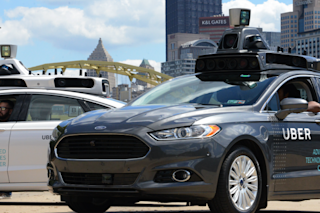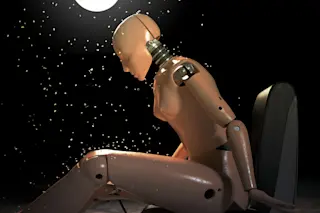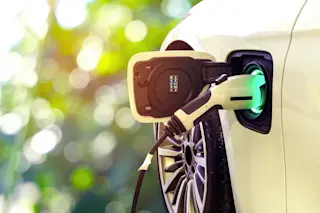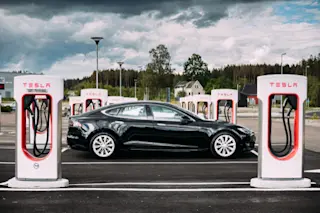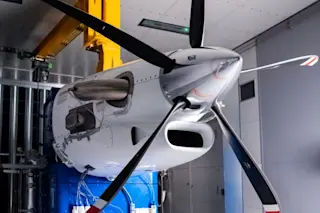(Credit: Uber) Uber’s self-driving car hit and killed a pedestrian in Tempe, Arizona, overnight, according to the Tempe Police Department. The car was in autonomous mode with a human operator behind the wheel with no passengers, police told Discover in an email. The pedestrian, a 49-year-old woman, was walking her bicycle near a crosswalk, but not within the lines, at about 10 p.m. Sunday when she was struck by the vehicle, according to Tempe police officers. She died of her injuries at a local hospital. This appears to be the first pedestrian death caused by a self-driving vehicle. According to Fortune, Uber has ceased all of its autonomous car tests in all locations (Pittsburgh, San Francisco, Phoenix and Toronto). Uber shipped its robo-cars to Arizona in 2016, which is a hotbed for self-driving car testing. Waymo recently announced it would operate its fully autonomous cars — no drivers — on ...
Uber's Self-Driving Car Involved in Fatal Pedestrian Accident
A tragic self-driving car accident in Arizona killed a pedestrian, raising concerns over autonomous vehicle legislation and safety standards.
More on Discover
Stay Curious
SubscribeTo The Magazine
Save up to 40% off the cover price when you subscribe to Discover magazine.
Subscribe

